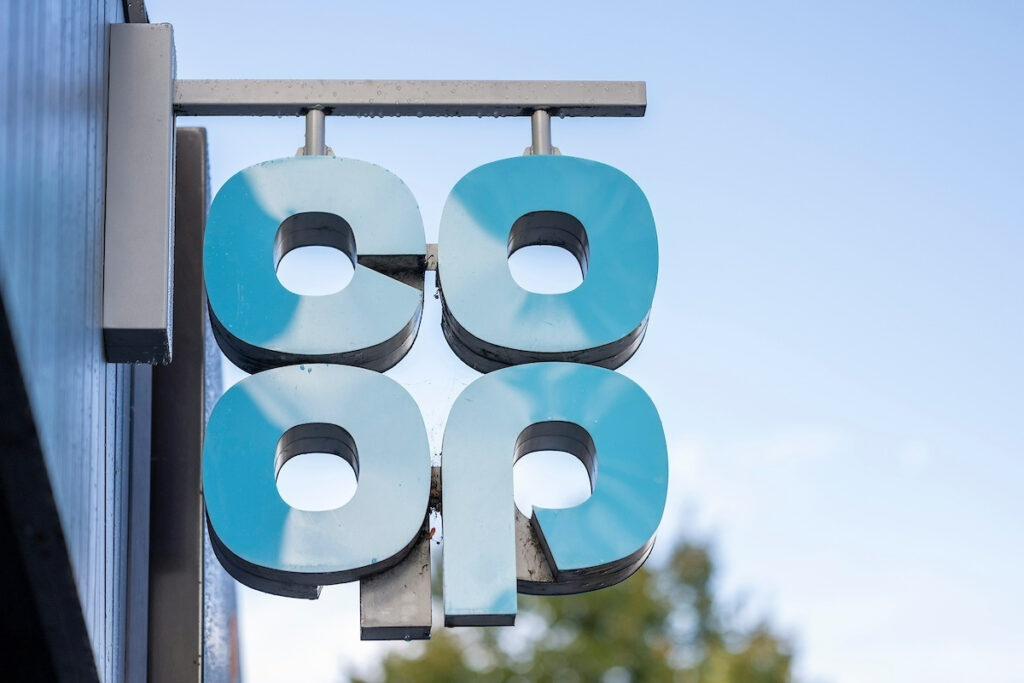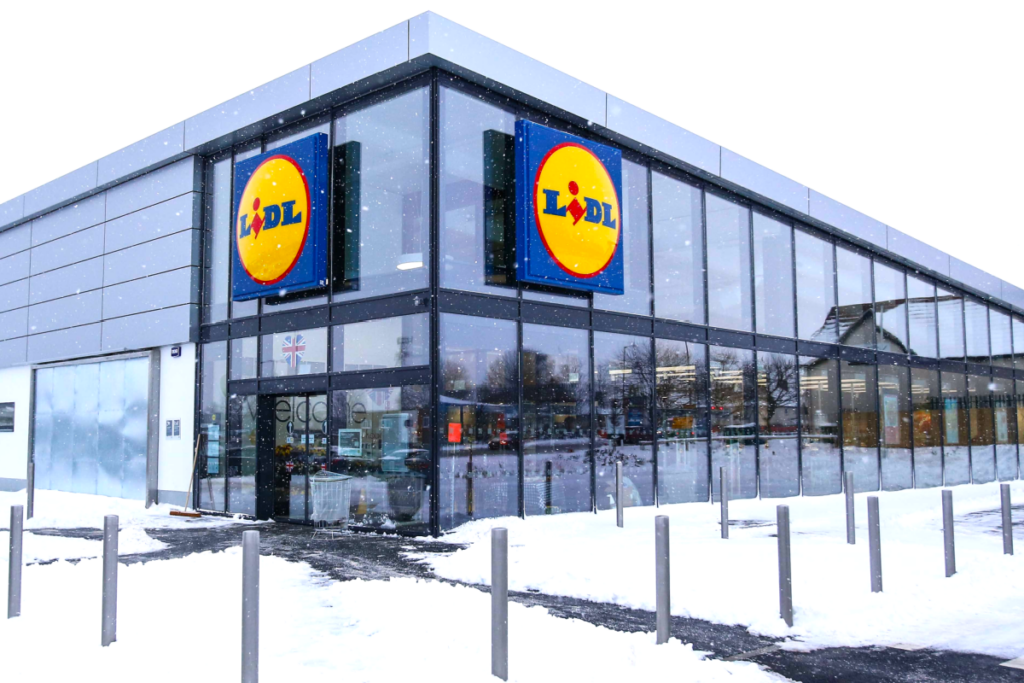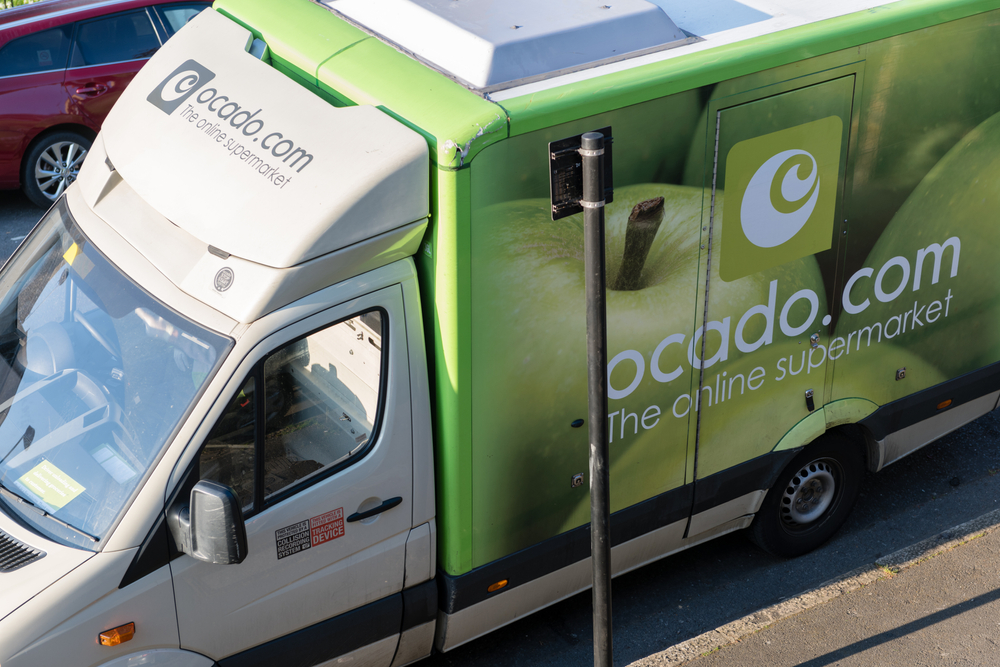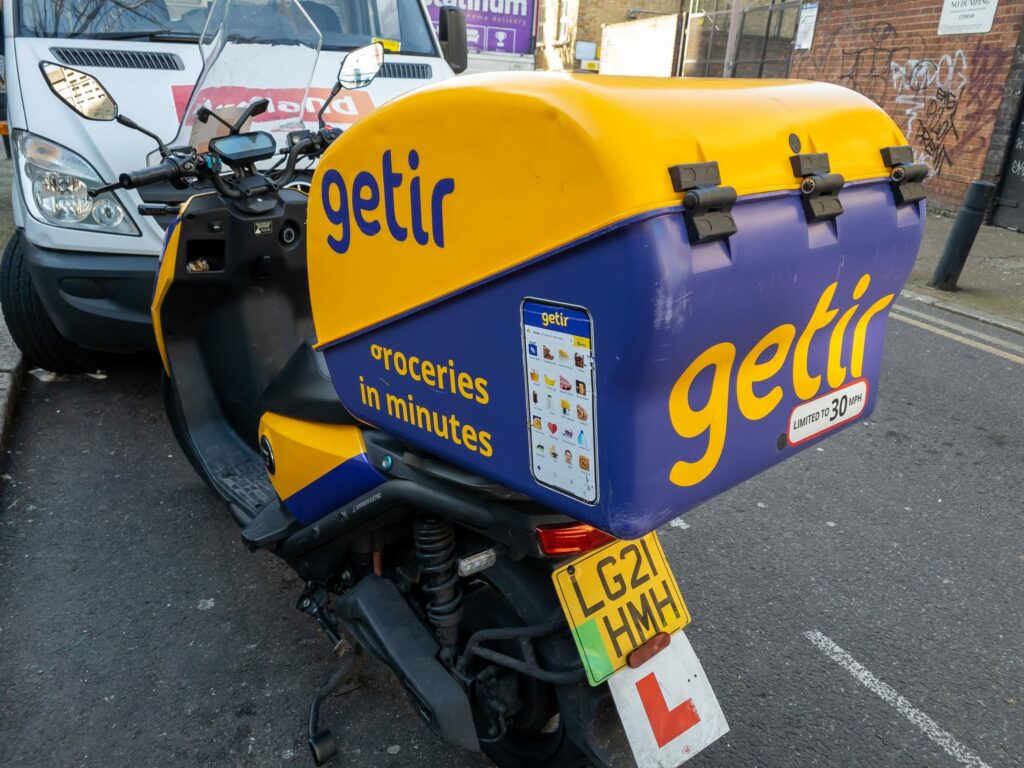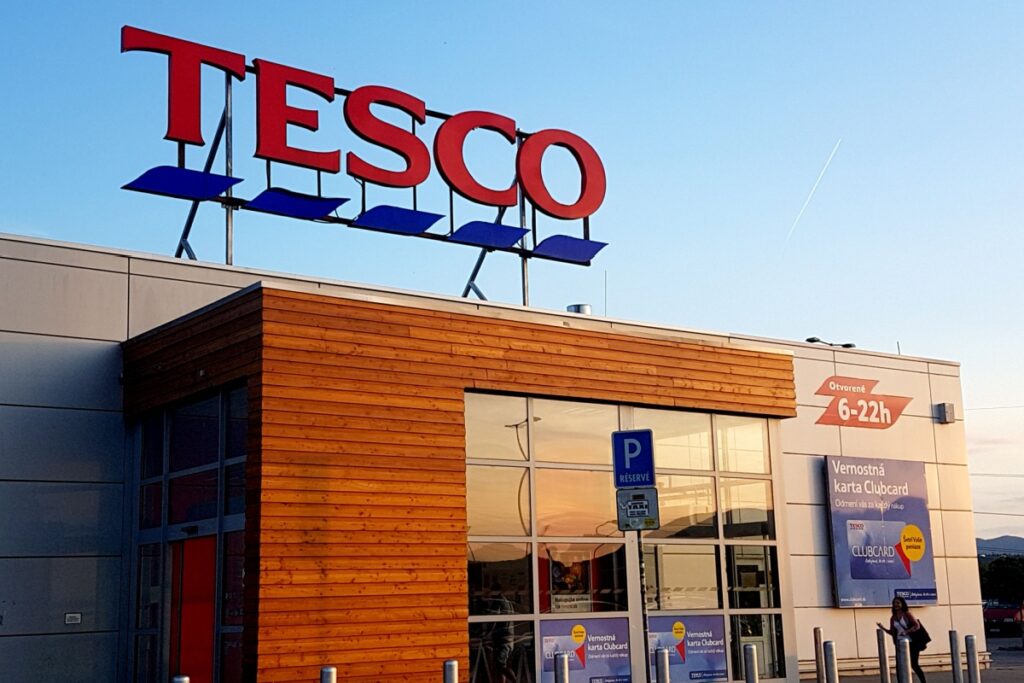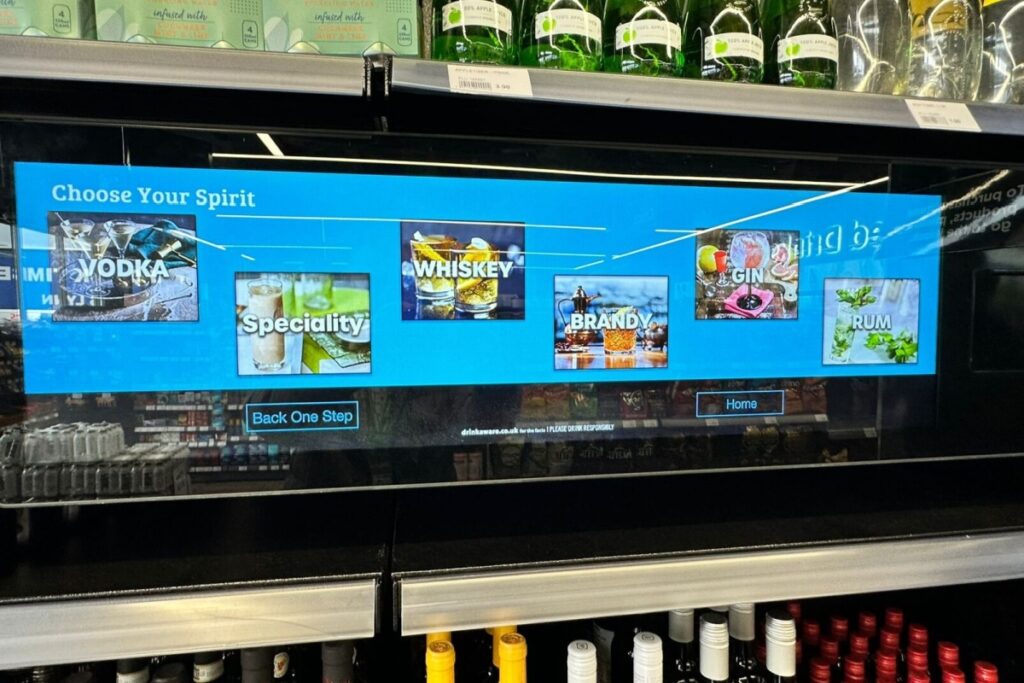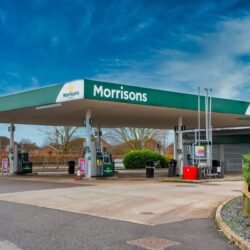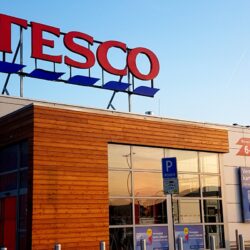“We’re a Co-op back in control of our business and our future destiny,” says the mutual’s group boss Shirine Khoury Haq as she unveils the group’s solid annual results.
Although on the surface pre-tax profits look like they had taken a hit, falling £240m to £28m, last year’s figures benefitted from a £319m boost from its petrol forecourt disposal. Without that, the group would have been loss-making.
As well as returning to growth over the past year, it has also grown the top line, with group sales – excluding the petrol business – up 4.7% or £500m.
The past two years, set against the backdrop of a fierce cost-of-living crisis, has been about putting the business on strong financial footing. It has reduced its operating costs, and cut its net debt by 90% from £900m to £82m over that period.
But now, the retailer has its sights set on growth.

“We acted ahead of the market to significantly reduce our operating costs and strengthen our underlying financial position and this has placed us now in a good place to sustainably and profitably grow our Co-op in 2024,” says Khoury Haq.
But how will the Co-op look to grow? Fundamentally, the answer appears to be in a very measured way.
After working so hard to shore up its balance sheet, Co-op is not going to undo the good work.
“We’re now able to focus on improving core profitability while maintaining capital and cost discipline. And we’re set up well to move forward with our profits-focused agenda” says Khoury Haq.
Best in convenience
At the core of its growth plan is “leveraging what we have” and its food business is notching up growth. Sales improved by 4.3%, or £300m, last year to £7bn while underlying operating profit increased 11% to £154m.
According to Co-op Food managing director Matt Hood it is doing this through its “unwavering focus” on convenience.
He says the retailer is focused on being “the best small store operator in the UK” and believes the retailer’s “exceptional” value, ranges, quality, loyalty and reach across not just stores but omnichannel help it stand out in that market.
Hood cites Circana data that show the Co-op holds 14% of the UK convenience market – although he insists that when all of its channels are taken into account it services around 27% of that market.
Boost membership
Growing its roster of members is also integral to driving retail growth.
Co-op saw an influx of new members last year, where it had more sign ups than in the previous two years combined thanks to shoppers seeking to take advantage of its new member pricing.
On the back of that phenomenal growth, it has reset its membership target as it plans to grow from 5 million to 8 million members by 2030.
Sales penetration from members in its food stores reached a historic high of 37%, and members now average 12.9 visits every 12 weeks, up on last year’s 12.4 visits.
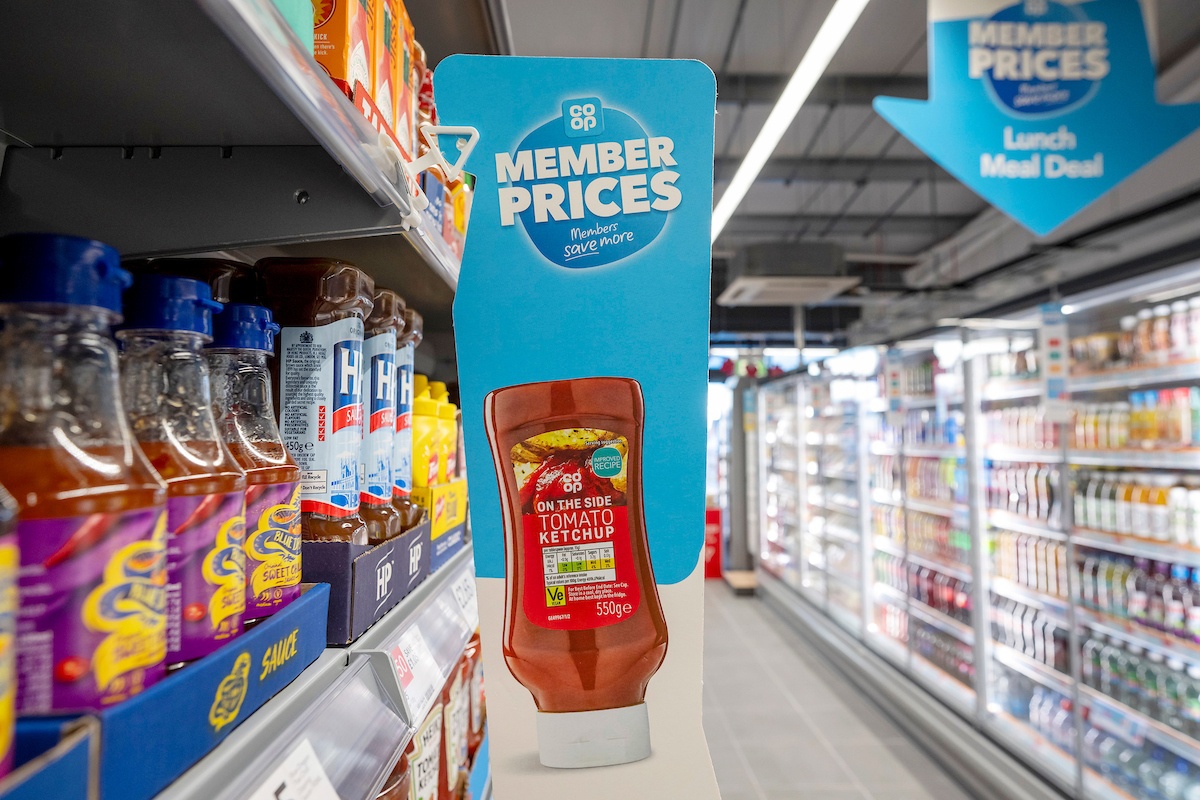
There is no doubt that member pricing has been a powerful tool. It introduced the special tier of discounted prices on almost 200 items last year, which was further extended to include branded product lines in early 2024.
Hood says: “We could really see this resonating with customers and members in the second half when unit volume started to pick up and membership numbers really gained momentum.”
Quick commerce
Tying into its focus on convenience is the retailer’s ambitions in the quick commerce sector, which Hood describes as “making convenience more convenient”.
The Co-op secured the top spot in the quick convenience market in the second half of the year according to Nielsen data, and holds almost a quarter (23%) of total share. It wants to hit 30% in the next four years.
Hood points out that last month it became the biggest grocery player on Uber, JustEat and Deliveroo’s platforms. Aside from these businesses, Co-op is also working with specialists including Amazon, Snappy Shopper and Starship Technologies.
“We did £311m last year in a quick commerce business that we only set up about four years ago. We will dwarf that again in 2024,” he says.
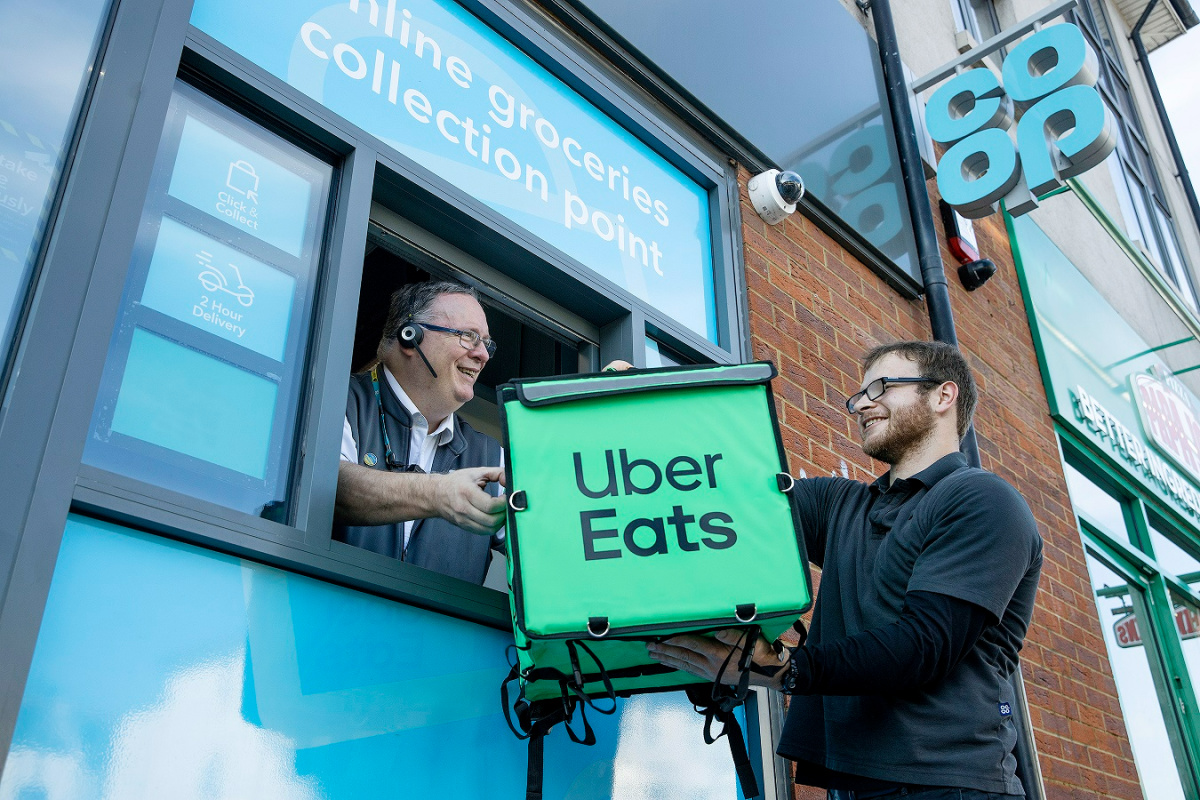
“We have 2,500 of our own mini depots servicing this,” Hood says, referring to its many stores.
In fact, Co-op CFO Rachel Izzard explains that quick commerce is “capital light growth…rather than having to go to the old school model of laying out heavy amounts of capital to buy growth with store footprint”.
“We’re taking our pre-existing footprint, and planning capital-light ways to grow that really play into our business model,” she says.
Hood is confident that it will smash its 30% quick commerce target and even harbours ambitions of upping this figure.
“I would hope that in a year’s time we’ll come back and say that 30% is 35% or 40%,” he says. “We have made it our ambition to be the number one UK in the UK quick commerce market. And I can only see us continuing to do that.”
Subscribe to Retail Gazette for free
Sign up here to get the latest news straight into your inbox each morning
New stores
Unlike many of its rivals, Co-op has been more focused on offloading stores than hitting the expansion trail. Most notably in recent years, it sold 132 petrol forecourt stores to Asda in a £600m deal.
However, Hood says the retailer is now done with disposals and is now “much more inquisitive about acquisitions again”.
“We’re always keen to acquire new sites. And thanks to the work we’ve done to secure those strong financial financial foundations, we have got exciting plans in place for both our own store estate as well as the continued growth of wholesale and franchise.”
However, the retailer said it has not set specific targets on new openings.
Growing wholesale and franchise
Although neither division set the world on fire last year, with wholesale revenue edging up 2.9% to £1.4bn and franchise sales up just £2m to £56m, the Co-op has high hopes for these areas.
It even hired ex-Wilko CEO Jerome Saint Marc last November to spearhead growth here.
Once again, it sees wholesale and franchise as “capital-light” ways to expand.
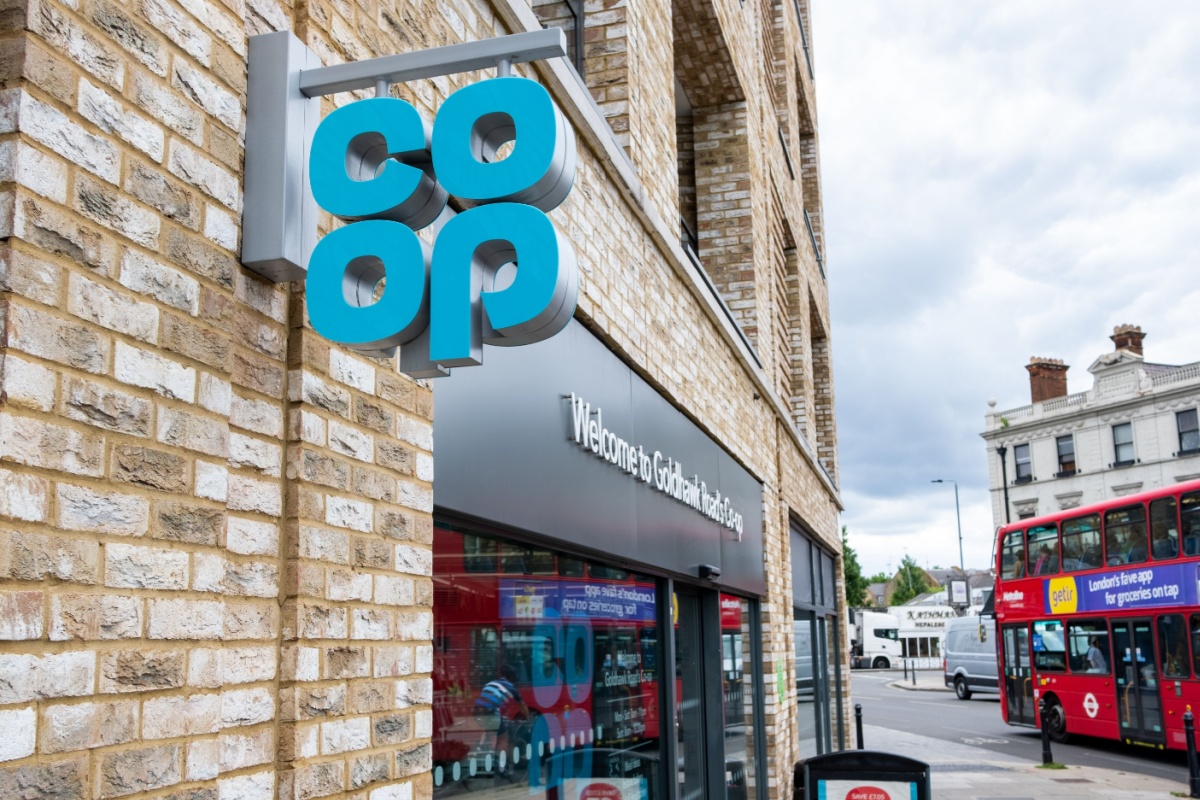
Saint Marc believes the Co-op has “a tremendous opportunity…to really leverage our scale and our strength across not only our own stores, but also what we do with our partners.”
He points out that it already serves 5,000 independent retailers or sister co-operatives, and added 400 wholesale stores last year. It expects to add a similar number this year.
In late 2022 it set the target of more than trebling its existing franchise stores within three years.
Saint Marc says he is targeting a “double digit” increase in pure franchisee in the year ahead. However, with just three new franchise stores and a three store petrol station trial inked last year, there is a need for acceleration on this front.
However, the retailer says it has a “strong pipeline” of launches planned in 2024, including its first stores located in NHS hospitals.
In the words of Khoury Haq, it remains a tough year with the cost-of-living crisis still “biting”, but the Co-op has identified capital-light routes to grow in a way that tap into its strengths. However, as ever, the proof is in the (fairtrade) pudding.
Click here to sign up to Retail Gazette‘s free daily email newsletter

